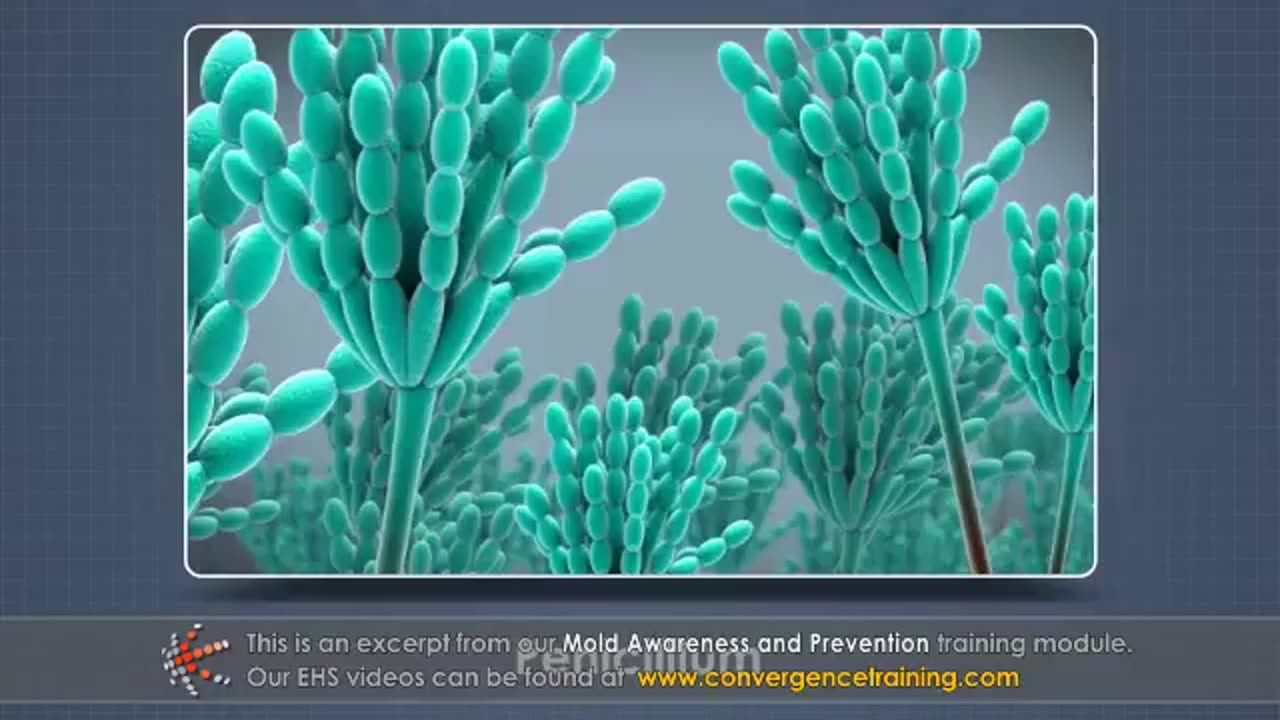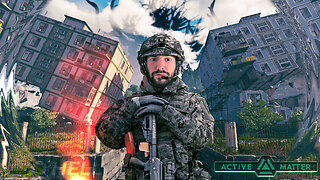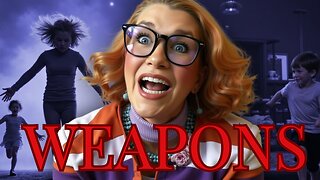Premium Only Content

Mold Awareness and Prevention Training
Mold Awareness and Prevention Training educates employees on the health hazards associated with mold, how to recognize mold problems, and best practices for preventing mold growth and exposure in the workplace. This training is crucial in industries like construction, facility management, and healthcare, where mold can pose serious risks to workers and building occupants.
---
### **Mold Awareness and Prevention Training Outline**
#### **1. Introduction to Mold**
- **What is mold?**
- A type of fungus that grows in damp, warm, and humid environments.
- Commonly found in buildings with water damage, leaks, or high humidity.
- **Why is mold a concern?**
- Can cause property damage and health issues.
- Potential for legal and regulatory implications.
- Common indoor mold types (e.g., Aspergillus, Stachybotrys, Penicillium).
---
#### **2. Health Hazards of Mold Exposure**
- **Health effects of mold exposure:**
- Allergic reactions: Sneezing, runny nose, skin rashes, red eyes.
- Respiratory issues: Coughing, wheezing, and asthma exacerbation.
- Severe reactions in immunocompromised individuals or those with pre-existing conditions.
- Symptoms to watch for:
- Persistent respiratory discomfort or worsening of allergies.
- When to seek medical attention.
---
#### **3. Recognizing Mold Hazards**
- **Signs of mold growth:**
- Visible discoloration or patches on walls, ceilings, or floors.
- Musty or earthy odors.
- Water stains or evidence of leaks.
- Common areas prone to mold:
- Bathrooms, basements, HVAC systems, around windows, and areas with past flooding or water damage.
---
#### **4. Causes and Conditions for Mold Growth**
- Mold thrives in:
- Warm, damp, and humid conditions.
- Relative humidity above 60%.
- Sources of moisture:
- Leaky roofs, windows, or pipes.
- Poor ventilation or condensation.
- Flooding or spills that are not promptly cleaned up.
---
#### **5. Preventing Mold Growth**
- **Moisture control:**
- Fix leaks and address water damage immediately.
- Use dehumidifiers and air conditioners to maintain humidity below 50%.
- Ensure proper drainage around buildings.
- **Proper ventilation:**
- Use exhaust fans in bathrooms and kitchens.
- Maintain and clean HVAC systems regularly.
- **Cleaning practices:**
- Clean and dry wet areas within 24-48 hours.
- Use mold-resistant products in construction and renovation projects.
---
#### **6. Safe Mold Cleanup Practices**
- When to handle mold internally:
- Small areas (less than 10 square feet) of mold growth.
- Basic cleanup steps:
- Wear personal protective equipment (PPE) such as gloves, goggles, and masks.
- Use soap and water or commercial mold cleaners.
- Avoid mixing chemicals (e.g., bleach and ammonia).
- When to call professionals:
- Large-scale mold infestations.
- Mold in HVAC systems or hard-to-access areas.
- Health concerns or significant property damage.
---
#### **7. Personal Protective Equipment (PPE)**
- Proper PPE for mold cleanup:
- N95 respirators or better for respiratory protection.
- Gloves to protect skin from mold and cleaning agents.
- Safety goggles to prevent eye irritation.
- Correct use and disposal of PPE.
---
#### **8. Employer and Employee Responsibilities**
- **Employer responsibilities:**
- Conduct regular inspections for mold and moisture issues.
- Provide necessary resources and training.
- Establish and implement a mold prevention plan.
- **Employee responsibilities:**
- Report water damage, leaks, or visible mold immediately.
- Follow cleaning and prevention guidelines.
- Use PPE as required.
---
#### **9. Emergency Response to Mold Problems**
- Steps to take when mold is discovered:
- Stop all activities that may disturb mold and release spores.
- Isolate the area if possible.
- Notify appropriate personnel or supervisors.
- Actions to address water damage:
- Remove standing water and dry surfaces quickly.
- Dispose of water-damaged materials like carpets or insulation when necessary.
---
#### **10. Practical Exercises and Scenarios**
- Mold hazard identification:
- Recognizing mold growth in workplace environments.
- Demonstration of cleaning methods for small-scale mold.
- Role-playing scenarios:
- Reporting and addressing water leaks or mold growth.
---
#### **11. Quiz and Certification**
- Administer a knowledge test to assess comprehension.
- Issue certificates for participants who successfully complete the training.
---
Would you like assistance in creating customized materials, a presentation, or certification documentation for this training?
-
 7:58
7:58
HSESafetyInformation
7 months agoAuthentic Peshawari Rosh _ Namkeen Gosht Recipe __ Traditional KPK and Baluchistan
701 -
 18:18
18:18
DeVory Darkins
19 hours ago $25.36 earnedPortland gets NIGHTMARE NEWS as Trump orders Troops to crush violent rioters
42.1K285 -
 LIVE
LIVE
Ouhel
3 hours agoSUNDAY | Active Matter | Exploring the postapocalyptic | O'HELL LIVE
43 watching -
 LIVE
LIVE
Astral Doge Plays!
4 hours agoFinal Fantasy IX ~LIVE!~ Iifa Tree Visitation Hours
39 watching -
![[Classic] Pac-Man World Re-Pac 1 and 2 👻 🟡 🟡 🟡 Relaxing on Sunday](https://1a-1791.com/video/fwe2/7a/s8/1/W/5/8/l/W58lz.0kob-small-Classic-Pac-Man-World-Re-Pa.jpg) LIVE
LIVE
J0hnThunder
3 hours ago[Classic] Pac-Man World Re-Pac 1 and 2 👻 🟡 🟡 🟡 Relaxing on Sunday
118 watching -
 LIVE
LIVE
Lofi Girl
2 years agoSynthwave Radio 🌌 - beats to chill/game to
191 watching -
 4:23:27
4:23:27
TonYGaMinG
6 hours ago⚔ Trying out this NEW game called " SWORN " ⚔
38K4 -
 29:27
29:27
James Klüg
1 day agoAmericans Remembering Charlie Kirk
37.1K7 -
 9:36:11
9:36:11
GoA_Malgus
12 hours ago $0.85 earnedGoA Malgus - The Legend Has Returned!!! - Live domination on Black Ops 6
26K2 -
 48:15
48:15
SouthernbelleReacts
1 day ago $10.53 earnedWeapons (2025) REACTION | Josh Brolin, Julia Garner, Alden Ehrenreich | Horror-Mystery Thriller
64.2K34